
How to Use RX470C: Examples, Pinouts, and Specs
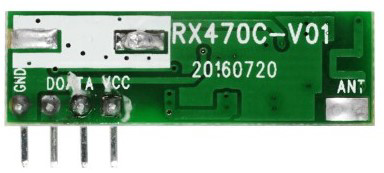
 Design with RX470C in Cirkit Designer
Design with RX470C in Cirkit DesignerIntroduction
The RX470C is a high-performance graphics processing unit (GPU) designed to deliver exceptional gaming and graphics rendering capabilities. Built with advanced architecture, it ensures efficient processing and supports modern graphics APIs such as DirectX and OpenGL. The RX470C is optimized for power efficiency, making it an excellent choice for gaming enthusiasts, content creators, and professionals working with demanding graphical applications.
Explore Projects Built with RX470C
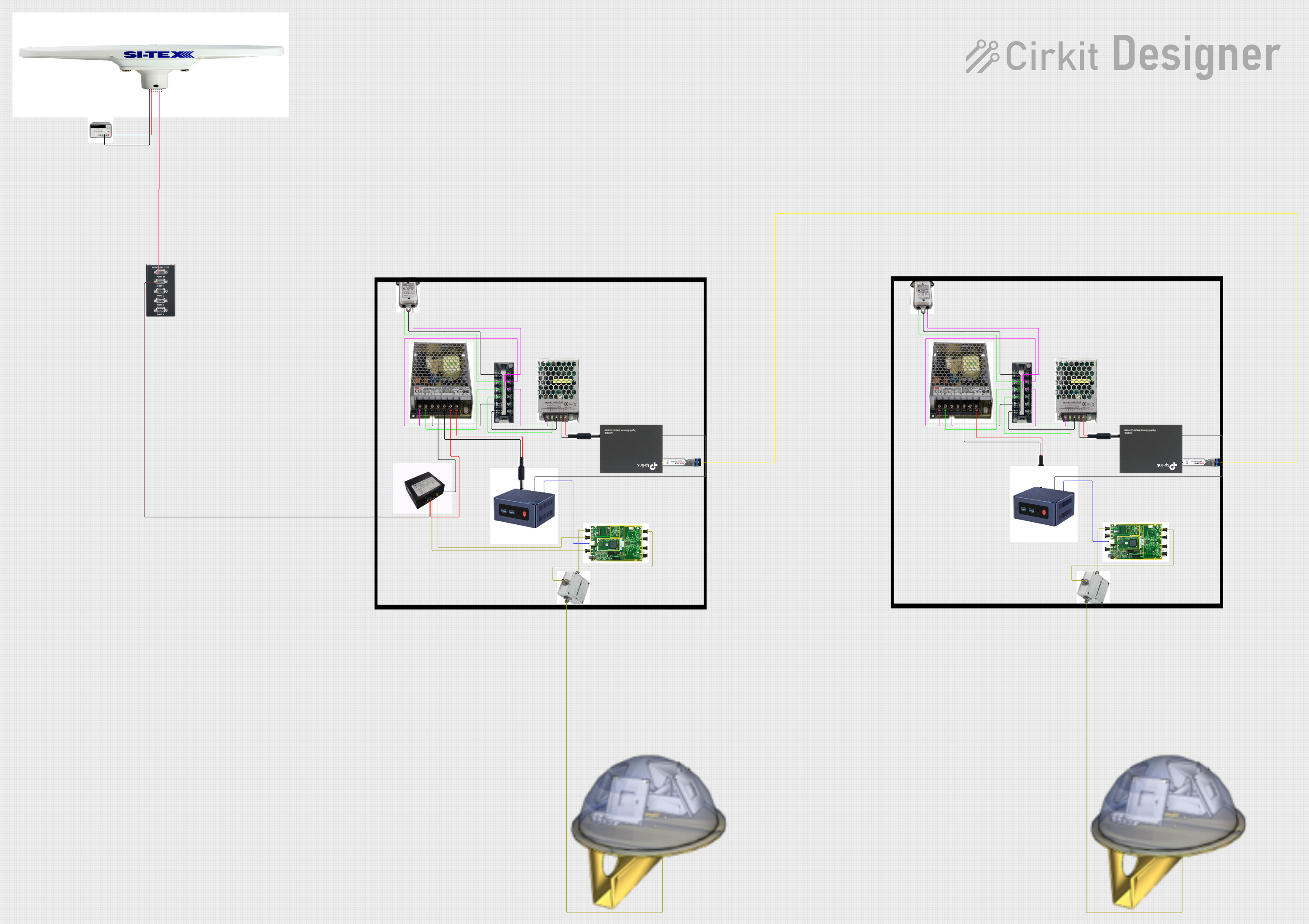
 Open Project in Cirkit Designer
Open Project in Cirkit Designer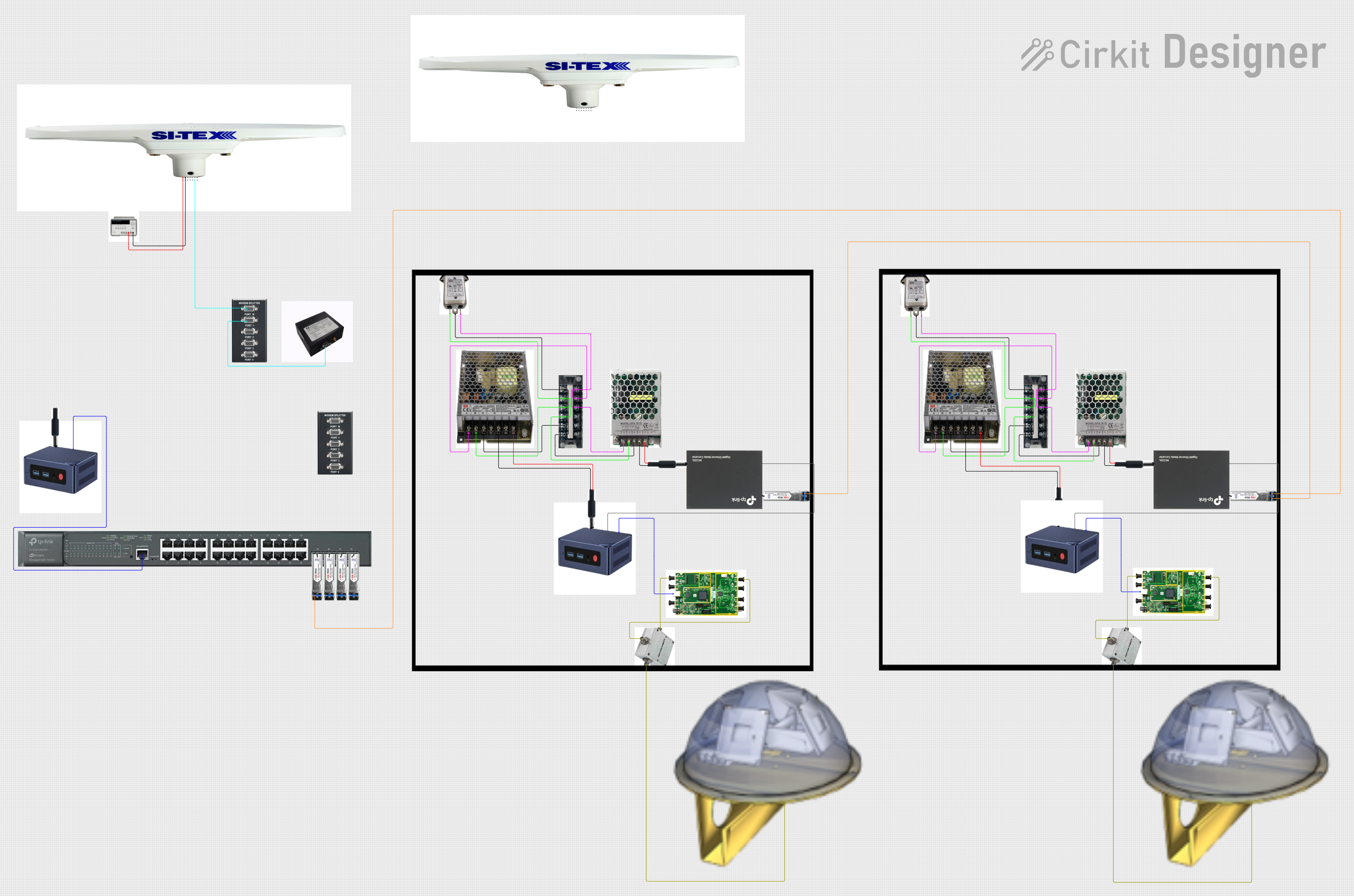
 Open Project in Cirkit Designer
Open Project in Cirkit Designer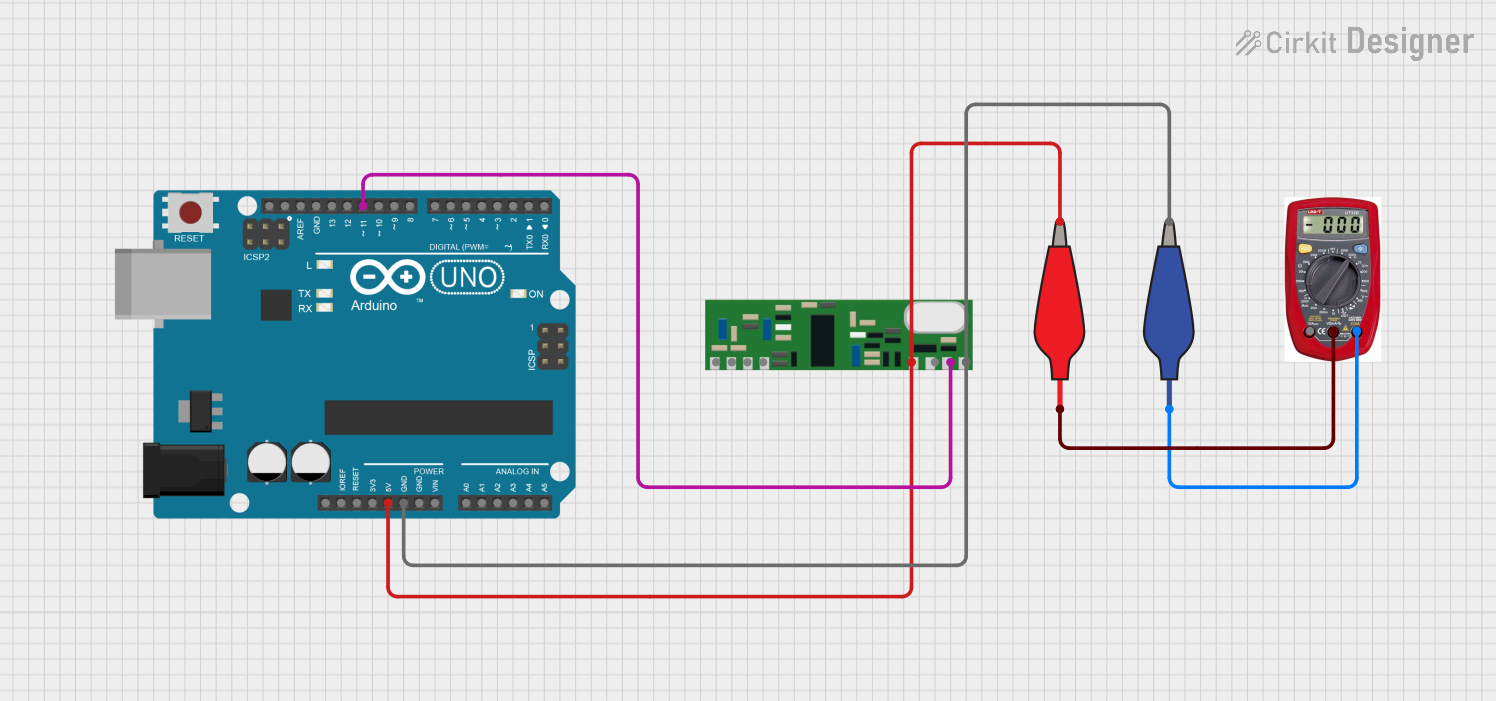
 Open Project in Cirkit Designer
Open Project in Cirkit Designer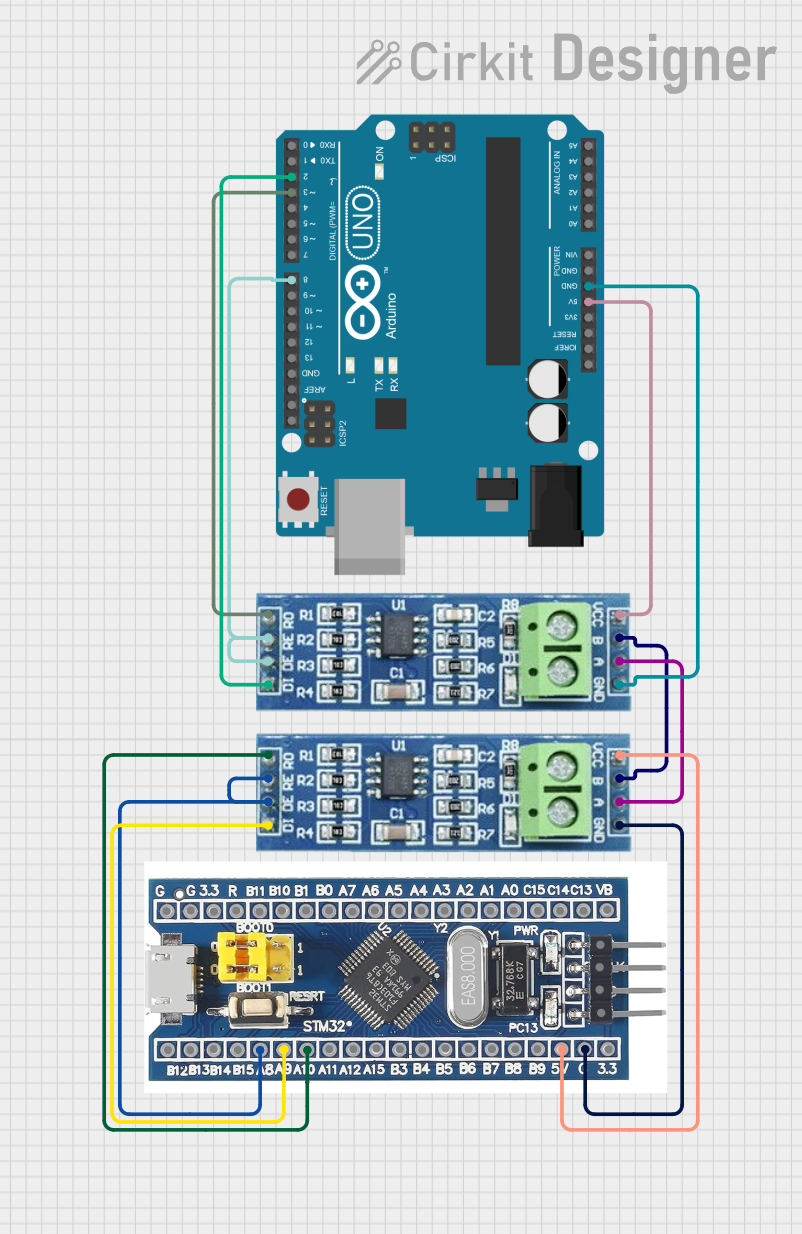
 Open Project in Cirkit Designer
Open Project in Cirkit DesignerExplore Projects Built with RX470C

 Open Project in Cirkit Designer
Open Project in Cirkit Designer
 Open Project in Cirkit Designer
Open Project in Cirkit Designer
 Open Project in Cirkit Designer
Open Project in Cirkit Designer
 Open Project in Cirkit Designer
Open Project in Cirkit DesignerCommon Applications and Use Cases
- High-performance gaming
- 3D rendering and animation
- Video editing and post-production
- Virtual reality (VR) applications
- Machine learning and AI model acceleration
- Multi-monitor setups for productivity
Technical Specifications
The RX470C is engineered to provide a balance of performance and efficiency. Below are its key technical specifications:
General Specifications
| Parameter | Value |
|---|---|
| GPU Architecture | Advanced GCN (Graphics Core Next) |
| Process Node | 14nm FinFET |
| Base Clock Speed | 926 MHz |
| Boost Clock Speed | 1206 MHz |
| Memory Type | GDDR5 |
| Memory Capacity | 4GB / 8GB |
| Memory Bandwidth | 211 GB/s |
| TDP (Thermal Design Power) | 120W |
| API Support | DirectX 12, OpenGL 4.5, Vulkan |
| PCIe Interface | PCIe 3.0 x16 |
Pin Configuration and Descriptions
The RX470C connects to the motherboard via the PCIe slot and requires additional power through a 6-pin PCIe power connector. Below is the pin configuration for the 6-pin power connector:
| Pin Number | Signal Name | Description |
|---|---|---|
| 1 | +12V | 12V power supply |
| 2 | +12V | 12V power supply |
| 3 | +12V | 12V power supply |
| 4 | Ground | Ground connection |
| 5 | Ground | Ground connection |
| 6 | Ground | Ground connection |
Usage Instructions
How to Use the RX470C in a System
- Install the GPU:
- Insert the RX470C into the PCIe x16 slot on the motherboard.
- Secure the GPU to the case using screws to prevent movement.
- Connect Power:
- Attach the 6-pin PCIe power connector from the power supply to the GPU.
- Ensure the power supply meets the minimum requirement of 450W.
- Install Drivers:
- Download the latest drivers from the manufacturer's website.
- Install the drivers to enable full functionality and performance.
- Configure Display:
- Connect your monitor(s) to the GPU using HDMI, DisplayPort, or DVI.
- Adjust display settings in the operating system or GPU control panel.
Important Considerations and Best Practices
- Ensure proper airflow in the case to prevent overheating. Use additional case fans if necessary.
- Regularly clean the GPU and its fans to avoid dust buildup.
- Use a power supply with sufficient wattage and quality to ensure stable operation.
- Update drivers periodically to benefit from performance improvements and bug fixes.
Example: Using RX470C with an Arduino UNO
While the RX470C is not directly compatible with an Arduino UNO, it can be used in projects where the Arduino communicates with a PC running the GPU. For example, you can use the Arduino to send commands to a PC application that utilizes the RX470C for rendering or computation.
Here is an example Arduino sketch to send serial commands to a PC:
// Arduino code to send commands to a PC for GPU processing
void setup() {
Serial.begin(9600); // Initialize serial communication at 9600 baud
}
void loop() {
Serial.println("Render Frame"); // Send a command to the PC
delay(1000); // Wait for 1 second before sending the next command
}
On the PC side, you can write a program in Python or another language to receive these commands and utilize the RX470C for processing.
Troubleshooting and FAQs
Common Issues and Solutions
No Display Output:
- Ensure the GPU is properly seated in the PCIe slot.
- Verify that the power connectors are securely attached.
- Check the monitor connection and input source.
Overheating:
- Clean the GPU fans and heatsink to remove dust.
- Improve case airflow by adding or repositioning fans.
- Consider reapplying thermal paste if the GPU is old.
Driver Installation Fails:
- Uninstall any existing GPU drivers before installing new ones.
- Download the correct driver version for your operating system.
- Disable antivirus software temporarily during installation.
System Crashes or Freezes:
- Check if the power supply is sufficient for the GPU and other components.
- Test the GPU in another system to rule out hardware issues.
- Update the motherboard BIOS to the latest version.
FAQs
Q: Can the RX470C support 4K gaming?
A: Yes, the RX470C can handle 4K gaming, but performance may vary depending on the game and settings. For optimal performance, use medium to high settings.
Q: Does the RX470C support VR?
A: Yes, the RX470C is VR-ready and supports popular VR headsets.
Q: Can I overclock the RX470C?
A: Yes, the RX470C supports overclocking. Use the manufacturer's software or third-party tools to adjust clock speeds and monitor temperatures.
Q: What is the maximum number of monitors supported?
A: The RX470C can support up to four monitors simultaneously, depending on the available output ports.
Q: Is the RX470C compatible with Linux?
A: Yes, the RX470C is compatible with Linux. Ensure you install the appropriate drivers for your distribution.